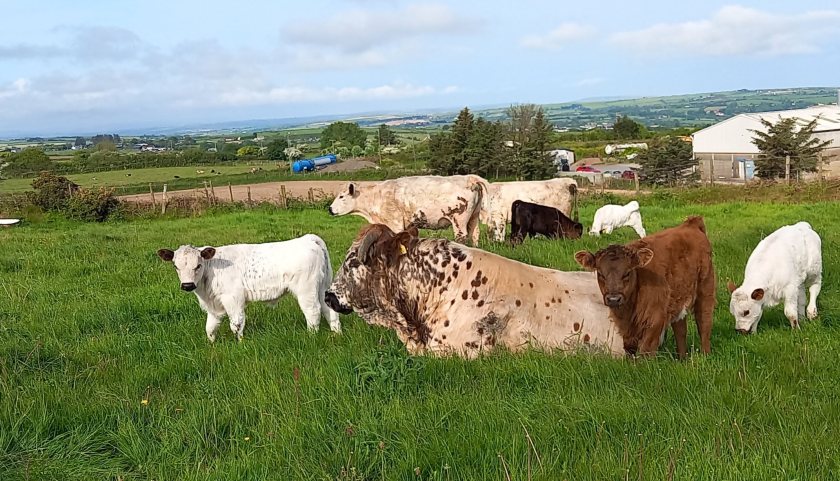
Campaigners have raised concerns over the future of the Ancient Cattle of Wales, after the rare native breed continues to see a decline in numbers.
The new Rare Breeds Survival Trust (RBST) Watchlist adds the formerly prolific Ancient Cattle of Wales to its highest priority category.
This marks it as one of UK’s native cattle breeds requiring the most urgent support for continued survival.
Its addition reflects the breed’s current small population size, narrow geographic concentration, and recent decline in births registered.
The Ancient Cattle of Wales, which comes in six colour variations, is believed to possess unique inherited traits.
Evidence reports the presence of coloured cattle in Wales dating back to the 10th Century, where the existence of native Welsh cattle of varying colours is recorded.
Numbers declined until the Ancient Cattle of Wales were kept and bred only in a few remote hill farms, appreciated for their hardiness and suitability.
During the late 1970s, a small number of dedicated farmers identified the remaining coloured cattle in the uplands of Wales.
Since its formation in 1981, the Ancient Cattle of Wales Society has detailed the breed standard, created a herd book for pedigree cattle, and worked on increasing the population.
Now its recognition on the Watchlist will enable the application of the RBST's expertise, resources and network to support the breed.
RBST chief executive, Christopher Price said the Ancient Cattle of Wales was a valuable breed for today’s farming needs, as well as for its heritage value.
Mr Price said: "The breed is excellent for conservation grazing that supports the environment and biodiversity, and it is a good economical beef breed in hill and upland situations.
"However there has been a really concerning decline in new birth registrations over the last few years, as well as several well-established herds being disbanded following retirement of their owners.
"The breed is in a grave situation right now, but RBST is looking forward to working with the Ancient Cattle of Wales Society to secure a more stable situation.
"Ultimately, we want to see the breed thriving again: these hardy cattle can make a key contribution in the UK’s future farming, where food production goes hand in hand with the environment.”
Ancient Cattle of Wales, which include six colour varieties, are hardy, medium-sized cattle with large ears and soft, thick hair.
Originally a dual-purpose animal, today the breed is an excellent beef animal, producing a high-quality carcass with tender, well-flavoured meat.
But Mike Lewis, chairman of the Ancient Cattle of Wales Society, warned that registered cattle numbers were now in the low hundreds.
"I and the wider ACW Society look forward to working with RBST to continue to promote and protect this very special Welsh breed," he said.
"To be where we are now with this unique historic Welsh breed has only been made possible by the dedication and belief of past and current members.”
